ISSN ONLINE(2319-8753)PRINT(2347-6710)
ISSN ONLINE(2319-8753)PRINT(2347-6710)
| Vikas B. Magdum1, Vinayak R. Naik2 M.E. (Mech) student, Department of Mechanical Engineering, Textile and Engineering Institute, Ichalkaranji, Maharashtra, India1 Professor, Department of Mechanical Engineering, Textile and Engineering Institute, Ichalkaranji, Maharashtra,,India2 |
| Related article at Pubmed, Scholar Google |
Visit for more related articles at International Journal of Innovative Research in Science, Engineering and Technology
This paper uses the cutting forces in a turning process of EN 8 steel to estimate the tool wear effect. Tool wear effect is obtained by monitoring the variation in the cutting forces. The aim of this study is to development an online monitoring system. By identifying one or more criteria to efficiently quantify and identify rapid tool wear, it can be determined when to change the tool. Tool wear effect is also studied by Finite element Method (FEM) model. The FEM model is designed to carry out stress analysis of the tool.
Keywords |
| Tool wear, cutting force, stressanalysis, FEM simulation |
INTRODUCTION |
| This paper presents a critical review of the inhibitors that affect the wastewater treatment in fish processing industry. Since the first works of F.W. Taylor (1850–1915) a great deal has been learnt about tool wear, as it is a widely studied phenomenon. However, the development of new kinds of tools and new materials has expanded the experimental field. This has resulted in a renewed interest in the study of the phenomena of wear. This renewed interest is highlighted by examples of tool wear investigations in different application fields: It is clear that, in a given field, the wear criteria chosen alone should be used to judge reliably when the tool must be removed from service for renewal of the cutting edge. The wear can be defined as the loss of material from the cutting edge due to mechanical or chemical factors associated with the cutting process. Wear minimization has been pursued by different means. An ideal cutting material has to combine high hardness and wear resistance with good toughness and chemical stability, but no material has ever shown all these properties together at their best combination. FEM model was developed to help understanding the wear results found. |
| H. Aknouche, A. Outahyon, C. Nouveau, R. Marchal, A. Zerizer, J.C. Butaud observed that the cutting forces in a routing process of Aleppo pine wood to estimate the tool wear effect. The aim is to obtain further information about the tool wear effect by monitoring the variation in the cutting forces.[1] Reginaldo T. Coelho, Eu-Gene Ng, M.A. Elbestawi observed that tool wear is one of the most important aspects in metal cutting, especially when machining hardened steels. The present work shows the results of tool wear, cutting force and surface finish obtained from the turning operation on hardened AISI 4340 using PCBN coated and uncoated edges.[2] J.A. Ghani, M. Rizal, M.Z. Nuawi, M.J. Ghazali, C.H.C. Haron showed two-channel strain gauge is mounted at the tool holder to measure the deflection in both tangential direction and feed direction. The signal is transmitted to the signal conditioning device, then to data acquisition, and finally to the computer system. MATLAB software is used as the platform software to develop a userfriendly graphical user interface (GUI) for online monitoring purposes. [3] D.G. Thakur, B. Ramamoorthy, L. Vijayaraghavan investigated the effect of machining parameters on the tool wear was examined through SEM micrographs. [4] Bemhard Sick showed wear monitoring systems often use neural networks for a sensor fusion with multiple input patterns. [5] Zhu Kunpeng, WongYokeSan, HongGeokSoon reviews the state-of-the-art of wavelet analysis for tool condition monitoring (TCM). [6] R.P. Martinho, F.J.G. Silva, A.P.M. Baptista show that the wear processes taking place in the tool tips of the ceramic inserts, in all cutting conditions, were both mechanical and chemical. The worn cutting edges and rake surfaces were analysed by scanning electron microscopy (SEM) and the flank wear was measured by optical microscopy. [7] Sanjay Rawat, Helmi Attia examines the nonlinear behavior of the system and the interdependence of the wear process and cutting forces in relation to surface damage of the system components.[8] Ildiko mankova presents results of research activities in the area of cutting tool condition monitoring via force signals as indices of tool wear and tool failure when cutting.[9] Xiaoli Li presented new method to monitor tool wear condition in real time using feed-motor current measured with the aid of inexpensive current sensors installed on the AC servomotor of a CNC turning centre.[10] A. Simoneau, E. Ng, M.A. Elbestawi Microscale were conducted orthogonal cutting tests on normalized AISI 1045 steel and the resulting chips examined using optical and Scanning Electron Microscopy (SEM). A Finite Element (FE) model was developed to illustrate the behaviour of the chip formation process during microscale cutting of alternating hard and soft layers of material. [11] J. Pujana, P.J. Arrazola, J.A. Villar allows the use of high-speed filming observing a sequence of frozen images focused on the chip formation area when machining steel in orthogonal turning tests.[12] W.J. Zong, T. Sun, D. Li, K. Cheng, Y.C. Liang In this work, based on the updated Lagrangian formulation and the commercial available software, Marc2001, a coupled thermomechanical plane-strain large deformation orthogonal cutting FE model is presented to simulate the diamond turning process and predict the residual stresses on the machined surface of workpiece.[13] D. Lu, J.F. Li, Y. Rong, A. Grevstad, S. Usui In this paper, the temperature and the stress distribution in micro-cutting of Ti-6Al-4V and Al-7050-T6 are analyzed by finite element method.[14] C.R. Liu, Y.B. Guo developed a thermo-elastic viscoplastic model using explicit "finite element code Abaqus was to investigate the effect of sequential cuts and tool-chip friction on residual stresses in a machined layer.[15] Raja Kountanya, Ibrahim Al-Zkeri, Taylan Altan The aim was to investigate how the two mechanisms reported in literature namely-surface shear-cracking (SCH) and catastrophic thermoplastic instability (CTI) contribute to overall chip geometry and machining forces.[16] Itaya and Tsuchiya concluded that the direct consequence of the cutting edge wear is the gradual loss of its ability to cut the machined material. The result being an increase in the cutting forces and the machine power consumption. These conditions also result in a poor surface quality. The wear of the cutting edge therefore has a big impact on the cost of the machining process. Furthermore, it is well known in the machining process that, there is a positive correlation between the cutting edge recessing and the increasing of the cutting forces. This gives the opportunity to evaluate the tool wear by measuring cutting forces. The aim of this study is to development an on-line monitoring system. By identifying one or more criteria to efficiently quantify and identify rapid tool wear, it can be determined when to change the tool and also Study tool wear effect by Finite element Method (FEM) model. The FEM model is designed to carry out stress analysis of the tool |
II. EXPERIMENTAL WORK |
| The cutting tests were performed using a Panther lathe. A strain gauge dynamometer was used to measure the cutting forces. Cutting conditions were feed rate 0.5 mm/rev, depth of cut 1.5mm and cutting speed 572 rpm. Tool geometry is shown in Table 1. The workpieces were EN 8 steel bars with a nominal diameter of Φ30mm and 100mm cutting length.An easy way to comply with the conference paper formatting requirements is to use this document as a template and simply type your text into it. |
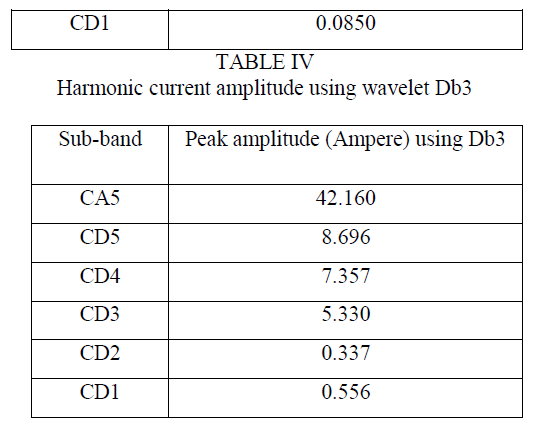 |
| A lathe was utilized, fitted with a HSS tool. The other parameters were selected in order to obtain prompt treatment and to identify the most appropriate method to analyze the forces. One single sample was prepared and fixed on the Dynamometer for the force acquisitions Fig..1. The other cutting conditions are summarized in Table 2. |
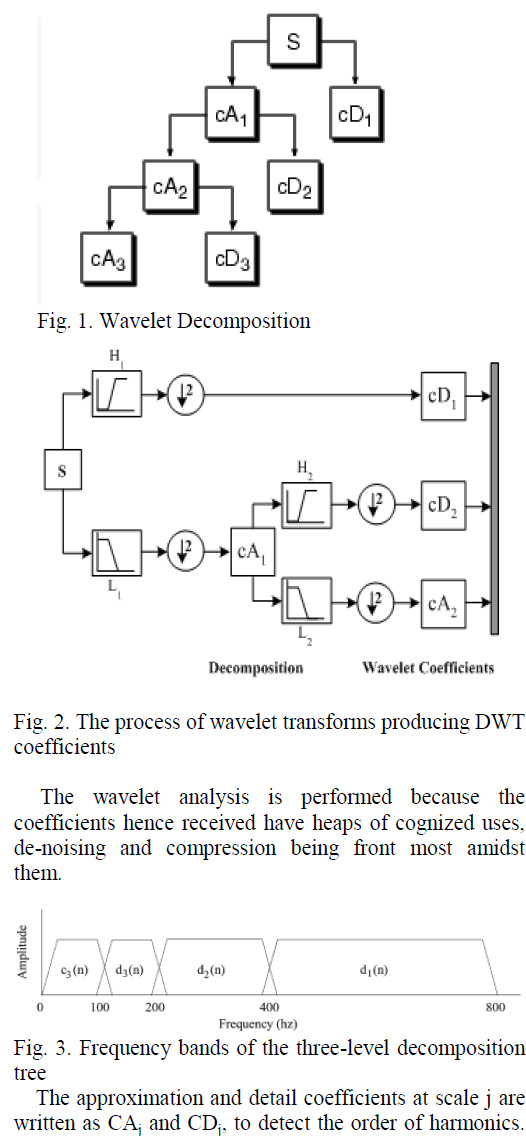 |
 |
| A Dynamometer was used to measure the cutting forces. The cutting forces were measured according to the two principal directions, tangential and normal respectively thrust force Ft and feed force Ff. Data was computed using software. All measured parameters are summarized in Table 3. Fig. 2 shows the observation direction and the wear criteria used in this study. The wear was observed using a micro-scope. A camera, linked to the microscope, was used for the picture acquisition and software was used for the image computation and to enable measurements. Wear measurements were made by the loss of the material from the active cutting edge due to the factors associated with the cutting process and an example of these measurements are shown in Table 3. |
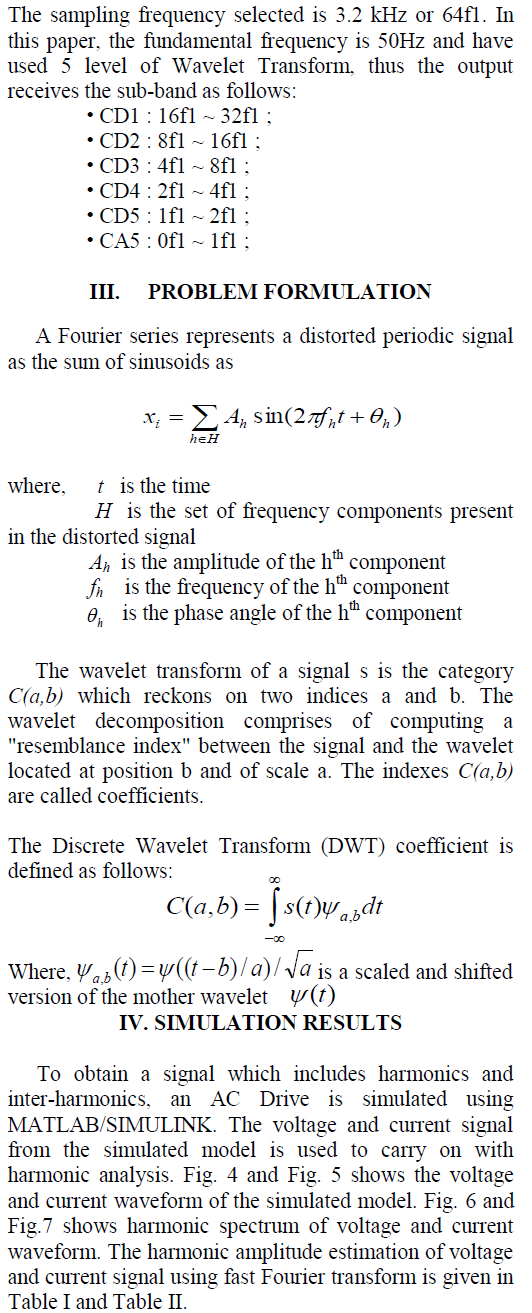 |
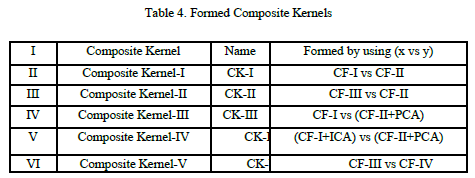 |
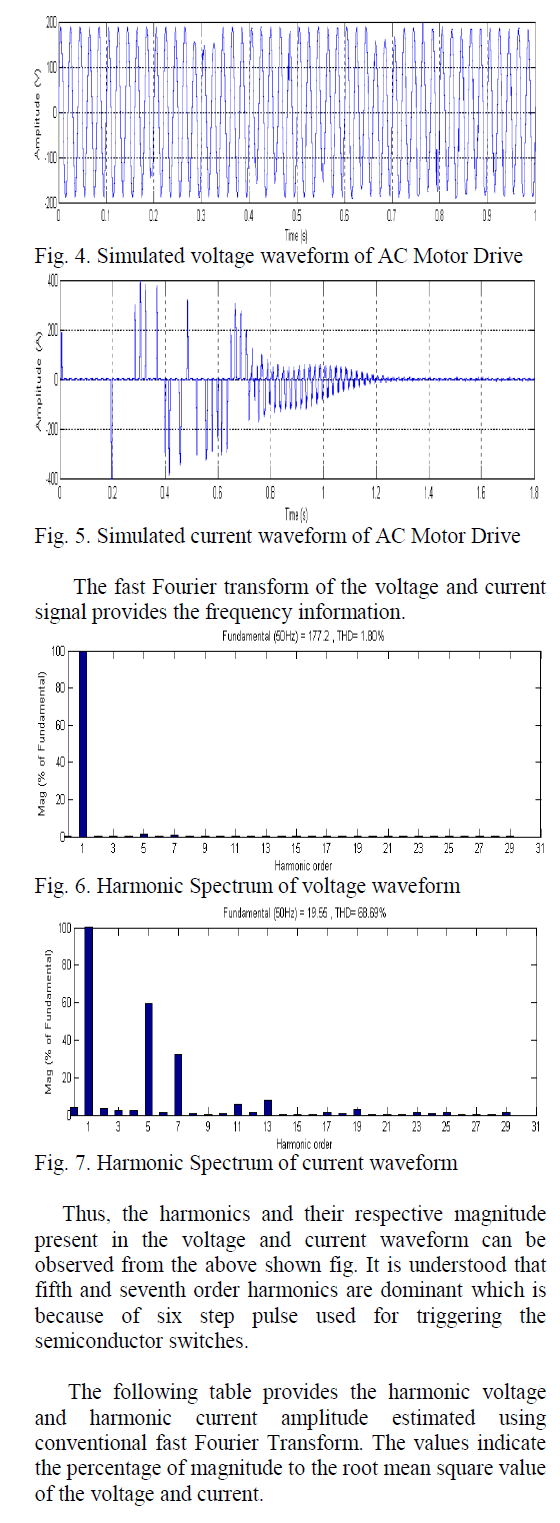 |
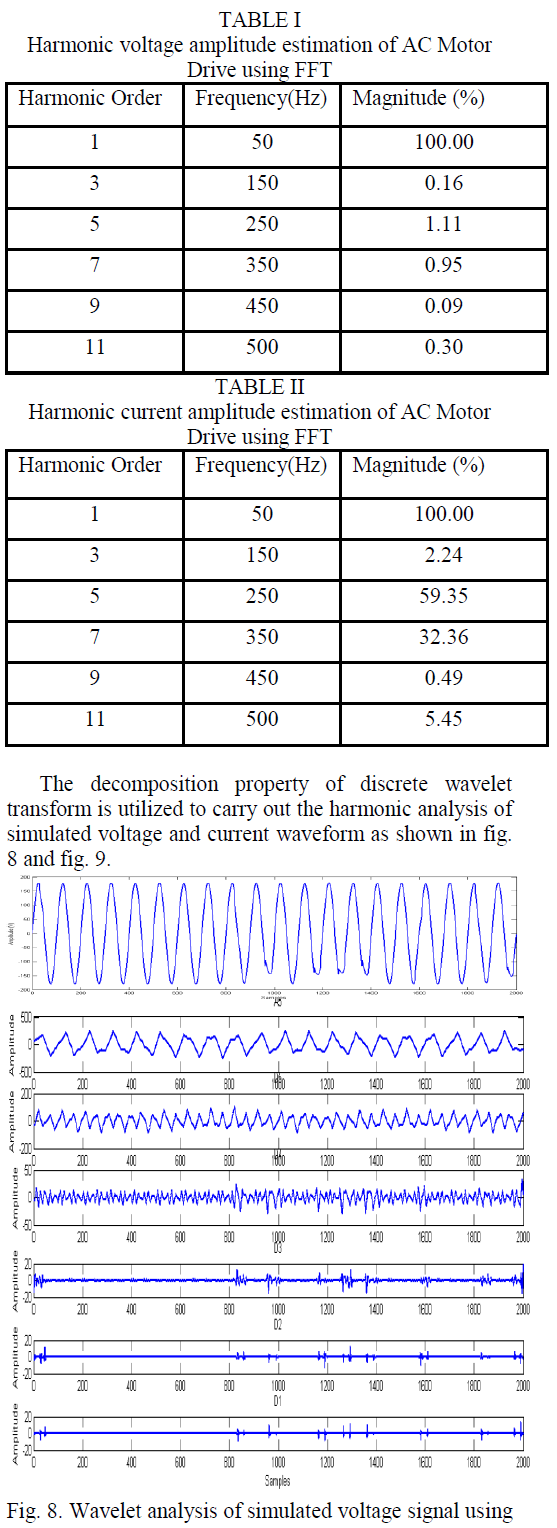 |
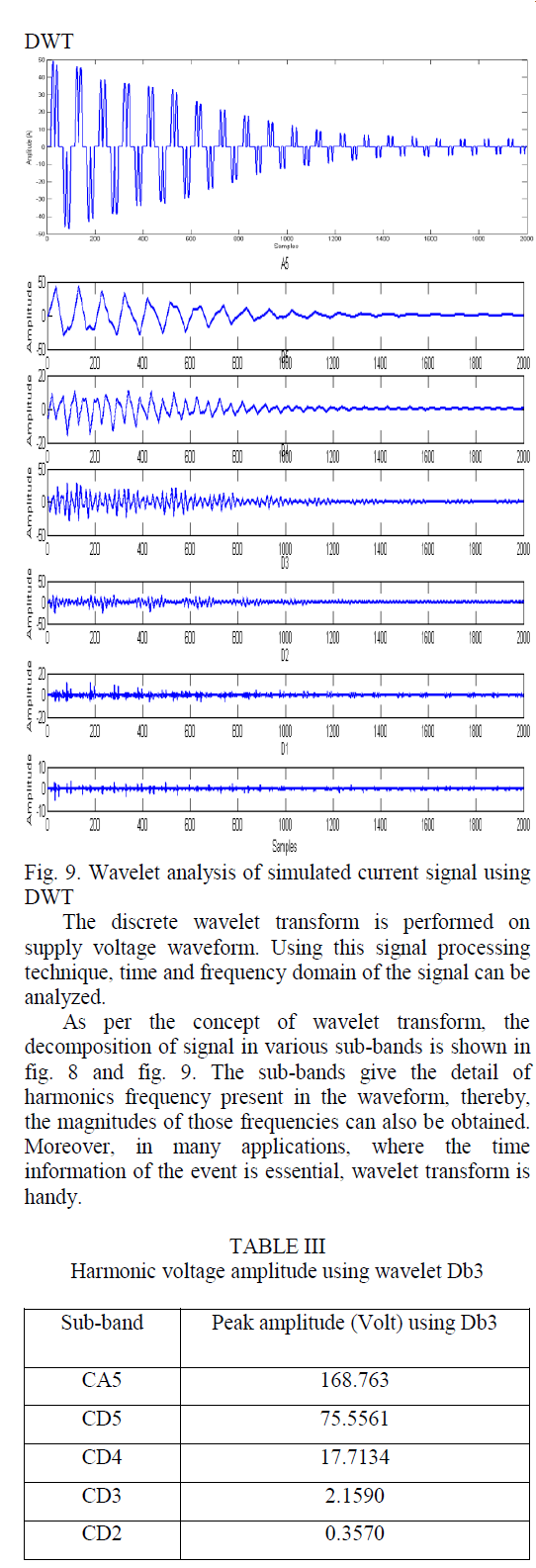 |
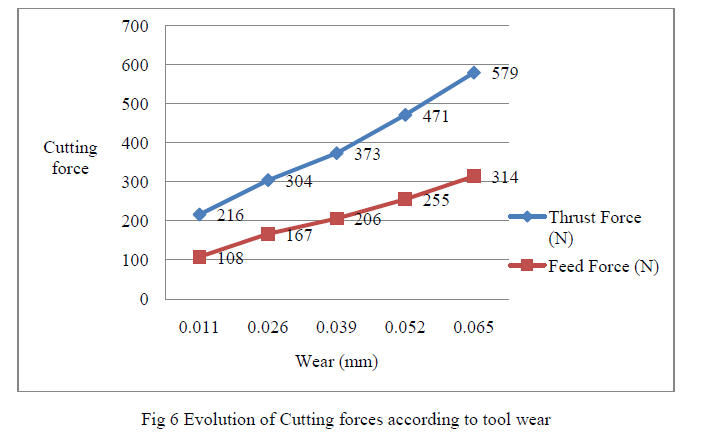 |
III. STRESS ANALYSIS |
| A Finite Element Method (FEM) model was developed to illustrate the behaviour of the cutting tool during cutting of EN 8 steel material. The FEM model is simply an aid in understanding the cutting tool. Finite element analysis is a most useful and accurate approach for the determination of field variables that is made possible by advancements in computational and processing power of computers and thus it is almost used for all the computer aided design methodologies in recent years. The Present work is also based on the application of finite element for stress analysis of single point cutting tool for turning operation. Finite Element Method provides insight into the process of manufacturing design. Tool design analysis is conducted through simulation. The stresses acting on tool geometry is evaluated. The stresses acting on tool tip at the onset of machining is studied. |
| Cutting tool and Workpiece material properties |
| Cutting tool: HSS - M2 |
| Workpiece material: EN 8 |
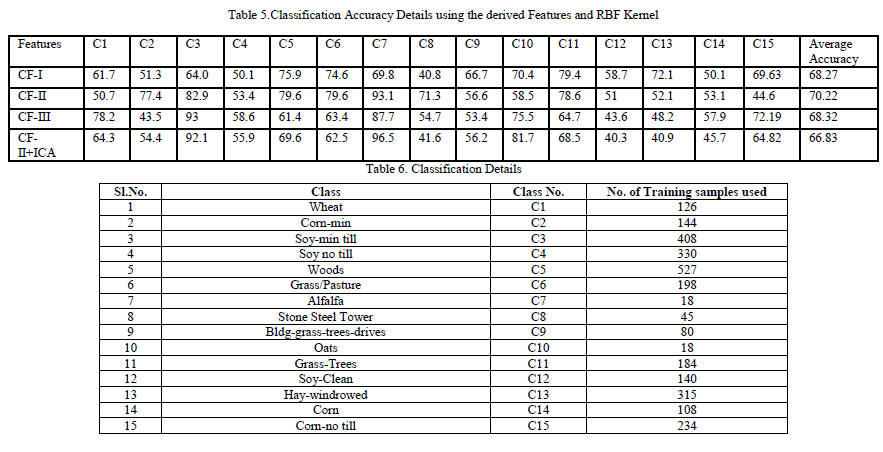 |
| In the finite element analysis the basic concept is to analyze the structure, which is an assemblage of discrete pieces called elements, which are connected, together at a finite number of points called Nodes. Loading boundary conditions are then applied to these elements and nodes. A network of these elements is known as Mesh. The Fig. 7(a) shows the boundary and loading condition of model for a single point cutting tool. Finite element model and Loading and Boundary conditions are shown in Fig. 7 (a) and Fig. 7 (b) respectively. |
| In Fig. 7 (a), |
| Element type: Solid 186(Higher order tetrahedral) |
| Mesh count: Node-152425, Element-107459. |
| In Fig. 7 (b), |
| At point A: Forces |
| At point B: Fixed support |
 |
| This study is concerned with finite element analysis of turning operation with HSS-M2 Tool. EN 8 steel is machined with HSS-M2 Cutting Tool. Turning operation is simulated and analyzed using FEM. The distribution of effective stress and deformation in the work piece are studied. Finite element simulations were carried out for different cutting forces according to length. Table 3 shows the different cutting forces under which simulations were carried out. From the simulations, variables like stresses and deformation can be obtained. |
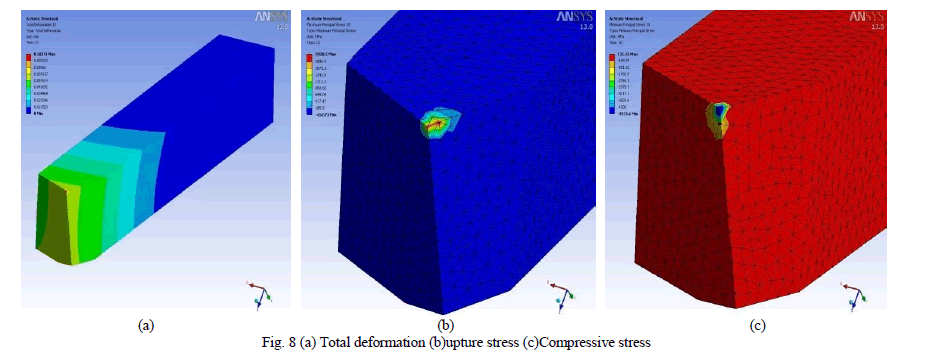 |
| When turning operation is carried out with EN 8 steel as work piece material and HSS-M2 as cutting tool the effective stress and deformation values are noted for different cutting forces. The simulated values of deformation and effective stresses are shown in Fig. 8. The finite element method seems to be the right tool to predict cutting performance including cutting forces, stresses and cutting temperature fields which are often beyond the capability of current measurement methods. Thrust force appears to be the largest force component, while the feed force component is the smallest one. By increasing the tool flank wear, a significant rise of the thrust force component can be observed. Considering a very small contact area on the tool-chip interface, extremely high stresses and temperatures develop on the area. |
IV. CONCLUSION |
| This work provides some interesting results about the tool wear in a machining process of the EN 8: the correlation between the tool wear and cutting forces shows that, the cutting forces are increased as the tool wear increases. The FEM simulations have shown that stress and deformation at the tool can be increases as the tool wear increases. |
References |
|